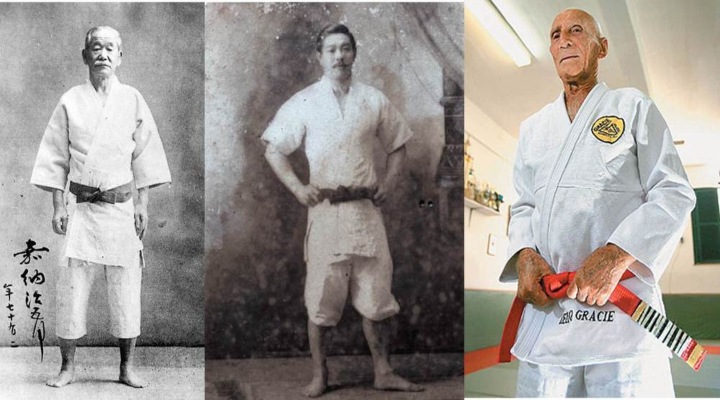The traditional Jiu-Jitsu Gi, also known as a kimono, has a rich history deeply rooted in Japanese culture and martial arts. A recent video by Valente BrothersTV offers a succinct yet informative exploration of the kimono’s journey from the attire of Samurai warriors to its modern adaptation in Jiu-Jitsu training.
“When the Japanese Civil Wars came to an end in the beginning of the 17th century, Samurai Warriors began to train Jiu-Jitsu wearing the regular kimono,” the video explains, tracing the origins of the Gi to a time when it was not just a training uniform, but everyday attire for these warriors. This practice laid the foundation for what would become the traditional Jiu-Jitsu Gi.
The development of Judo in Japan by Jigoro Kano brought further refinements. “Kano developed the Ki, a kimono specifically designed for training,” illustrating an evolution tailored to the needs of martial arts. The term ‘Gi’ originates from the word ‘Kimono,’ with ‘Ki’ meaning clothing and ‘Gi’ being a derivative used in martial arts contexts like ‘Judo Gi’ or ‘Training Gi.’
Valente Brothers maintain a distinctive approach to the Gi, closely mirroring the original design used in their teacher’s academy in Brazil. “The measure of the kimono was with a smaller sleeve and the pants were also not so long,” they describe, emphasizing their commitment to preserving the traditional style of the Jiu-Jitsu Gi.
This dedication to tradition has practical implications. “We don’t train Jiu-Jitsu as a sport, we train Jiu-Jitsu for self-defense,” the video states, highlighting the Valente Brothers’ focus on realism and practicality. Their Gi is designed to resemble everyday clothing as closely as possible, ensuring that the practice is as realistic as can be.
The video points out a notable distinction between competition Gis and those used by the Valente Brothers. “Some of our friends… say well but this kimono would not be legal according to the regulations of the Federation,” referencing the stricter rules governing competition Gis. This distinction underscores the different priorities between sport-focused and self-defense-focused Jiu-Jitsu training.
The Jiu-Jitsu Gi, with its origins in ancient Japan, has undergone a remarkable evolution. From its roots as Samurai attire to its modern use in martial arts training, the Gi remains a symbol of tradition, functionality, and the adaptability of Jiu-Jitsu to meet the needs of its practitioners, whether for competition or self-defense.


















